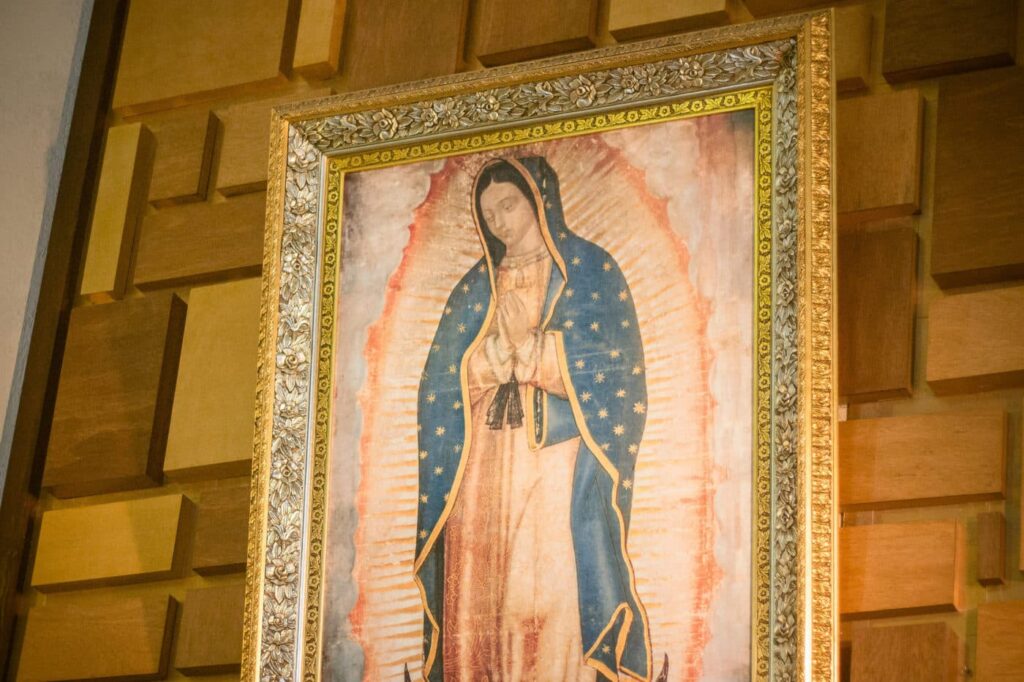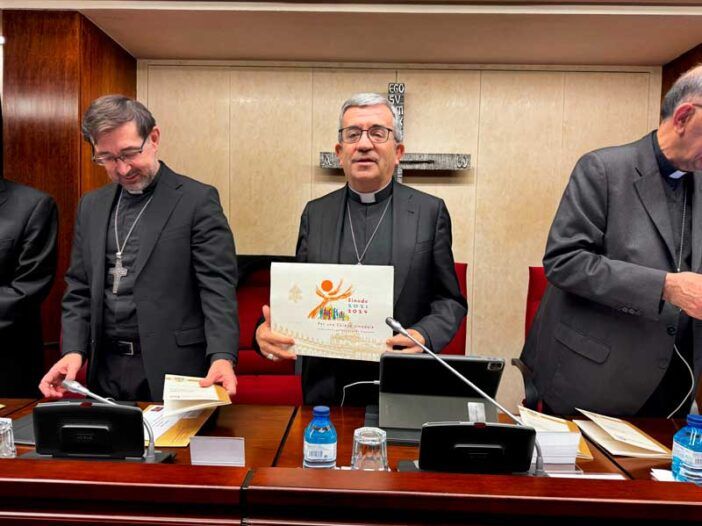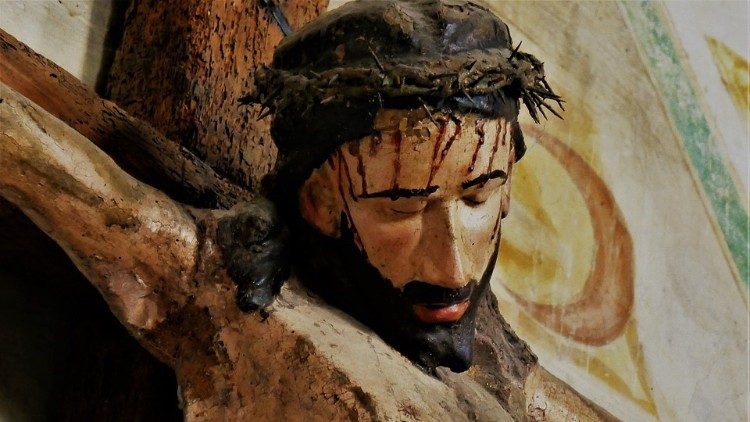Our Lady of Guadalupe, Queen of Mexico
Light and consolation, joy, and hope

The priest Rafael de Mosteyrín offers this article on the Virgin of Guadalupe, Queen of Mexico, on her feast day, 12 December.
***
In December 1531, ten years had passed since the city of Mexico was taken by Hernán Cortés. The Indian Juan Diego was walking from Cuautitlán towards the hill of Tepeyac. It was then that he heard beautiful music, which attracted him in a very pleasant way. He met a very beautiful Lady, who spoke to him with maternal words. “Juan Diego, my son, where are you going? He replied that he was going to Tlatelolco to hear Mass. The Lady added: “I am the ever Virgin Mary, Mother of the true God”.
The dialogues between the Virgin Mary and Saint Juan Diego are truly touching. “Juan Dieguito, my youngest son, do not let your heart be troubled; am I not here, who am your mother? Am I not the source of your joy? Are you not in the hollow of my cloak, in the fold of my arms?” Juan Diego answers, “My Lady, my daughter, my youngest, my young girl, my child, my little girl, how did you dawn? Are you feeling well in your beloved little body, my child?”
The Virgin asks her to go to Bishop Zumarraga, to tell him that she wishes to have a temple erected there, where she will show her clemency, and console all those who come to her. The Bishop replied that he wanted some proof that the message was authentic.
Several apparitions followed. Juan Diego did not dare to go to the Bishop. One day he detours so as not to meet the Virgin, because he is in a hurry. But Our Lady came out to meet him. Juan Diego told her that he was going to see his uncle Juan Bernardino, who was ill. The Virgin heals him completely in the next apparition.
Juan Diego obtained the proof he was asking for to prove that the Virgin Mary had appeared to him. He found some roses, like those of Castile, in the middle of winter. He gathered them in his tilma – a kind of cloth cloak worn by the Indians – and took it to the bishop. In front of him, he spread the tilma, and it was then that the image of the Virgin of Guadalupe mysteriously appeared painted on it. Almost five centuries later, it remains the same.
It is not known how or by what means or with what materials the beautiful image of Our Lady could have been printed on the tilma. Also striking is the perfect preservation of the tilma of Juan Diego, made of normal yarn, which should have been undone only a few decades later.
The figure representing the image of the Virgin of Guadalupe is very beautiful, harmonious, and simple. NASA scientists, who have recently studied it, have pointed out that the stars in her mantle are as many as the constellations visible in the northern sky at the same place and time of the apparitions.
The eyes of the image have been studied by various researchers. The iris of the Virgin shows Juan Diego unfolding the tilma and showing the flowers to the bishop. There are also two figures of a man, a seated indigenous man and a bearded man with European features, standing. The face of a woman with black features can also be seen, astonished at the fact.
Why is it called Guadalupe, and not Tepeyac? There was indeed a Virgin with this name in Extremadura, Cortés’ homeland. Columbus went there before setting out on his expedition of discovery and gave the name Guadalupe to an island in the West Indies. But the two images are completely different. All that is known is that the Virgin told Juan Diego’s uncle, Juan Bernardino, that she wished to be invoked under the name of Santa Maria de Guadalupe, an Arabic name meaning river of light.
And that is what the Guadalupana is for every Mexican: light and consolation, joy and hope. Every Mexican carries the Guadalupana in his or her heart, and the Virgin carries them. She is the Queen of Mexico and Empress of America. It is also the most visited shrine of the Virgin in the world.
Related

“The priest finds his reason for being in the Eucharist”
Fundación CARF
01 April, 2025
5 min

Family Valued: An international appeal for the family
Exaudi Staff
01 April, 2025
2 min

Bishop Luis Argüello Addresses the Challenges of the Church in Spain
Exaudi Staff
01 April, 2025
2 min

THE WAY OF THE CROSS: Accompanying Jesus on the way to the Cross
Luis Herrera Campo
31 March, 2025
5 min
 (EN)
(EN)
 (ES)
(ES)
 (IT)
(IT)

